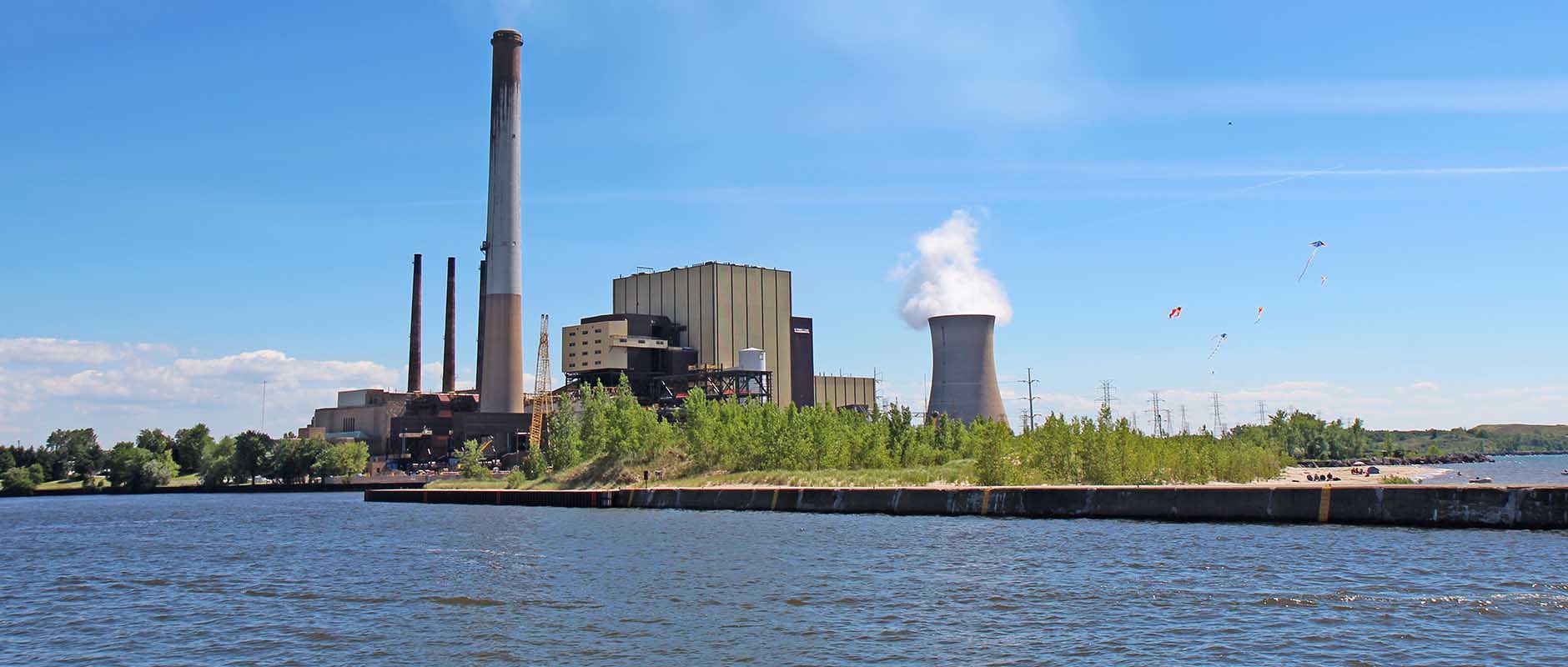Cooling ponds are large bodies of water that are used to dissipate the waste heat generated by various industrial processes. This technology has been widely adopted as a cost-effective and eco-friendly solution for heat disposal, particularly in the power generation, petrochemical and manufacturing industries.
Advantages of Cooling Ponds
Cooling ponds provide several advantages over traditional cooling methods such as air cooling, tower cooling and recirculating cooling systems. Some of the key benefits of using cooling ponds include:
- Cost-effectiveness: Cooling ponds are relatively inexpensive to construct and maintain compared to other cooling systems. In addition, they can reduce the overall energy consumption of the industrial process, leading to significant cost savings in the long term.
- Energy Efficiency: Cooling ponds are highly efficient at dissipating heat, allowing for the optimal use of energy in the industrial process. This results in lower energy costs and reduced greenhouse gas emissions.
- Environmental Sustainability: Cooling ponds are considered environmentally friendly, as they do not produce any harmful emissions and do not require the use of chemicals to maintain water quality. In addition, they can provide habitat for aquatic plants and animals, promoting biodiversity in the surrounding area.
Space Efficiency: Cooling ponds occupy much less land area compared to other cooling systems, making them ideal for industrial facilities located in densely populated areas.
Cooling Pond Design and Construction
The design and construction of cooling ponds involves several critical factors that must be taken into account to ensure optimal performance and long-term sustainability. Some of these factors include:
- Water Quality: The quality of the water used in the cooling pond must be carefully monitored to ensure it does not become contaminated with pollutants or industrial waste. This can be achieved through the use of aeration systems, water treatment facilities and adequate mixing of the pond water.
- Size and Depth: The size and depth of the cooling pond must be sufficient to accommodate the waste heat generated by the industrial process. A larger pond will be able to dissipate heat more efficiently, but will also require more land area and maintenance.
- Location: The location of the cooling pond must be carefully selected to ensure it does not pose a risk to public safety or the environment. This may involve considering factors such as the proximity to residential areas, the presence of natural habitats and the potential for earthquakes or other natural disasters.
Cooling Pond Maintenance and Upkeep
Regular maintenance and upkeep of cooling ponds is crucial to ensure their long-term efficiency and sustainability. Some of the key tasks involved in maintaining a cooling pond include:
- Water Quality Monitoring: The water quality in the cooling pond must be regularly monitored to ensure it remains within acceptable levels and does not become contaminated with pollutants or industrial waste.
- Aeration: Aeration systems must be maintained to ensure adequate mixing of the pond water and prevent the accumulation of harmful substances.
- Algae Control: Algae growth can have a negative impact on the performance of the cooling pond, and must be controlled
- Cleaning: The surface and bottom of the cooling pond must be cleaned regularly to remove debris and prevent the buildup of pollutants.
Conclusion
Cooling ponds are an efficient and sustainable solution for waste heat disposal in the industrial sector. With proper design, construction and maintenance, cooling ponds can provide a cost-effective alternative to traditional cooling methods, while also reducing energy consumption and promoting environmental sustainability.
